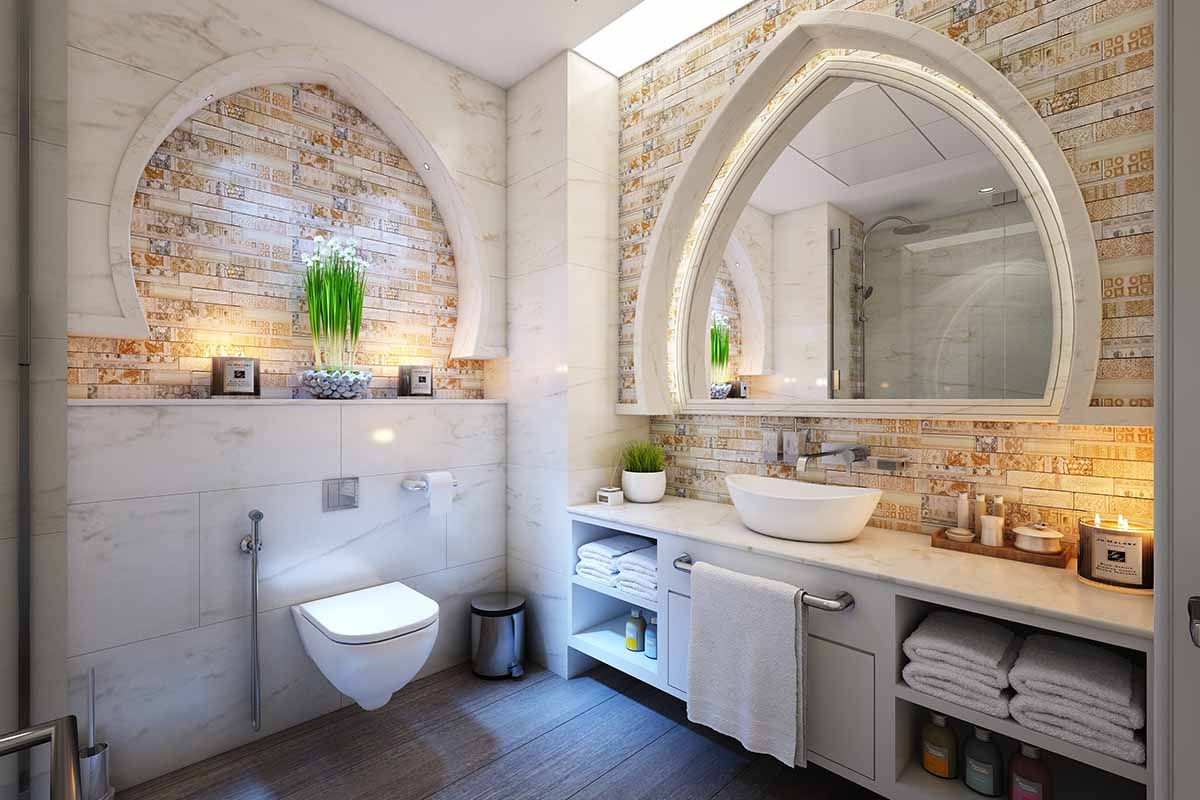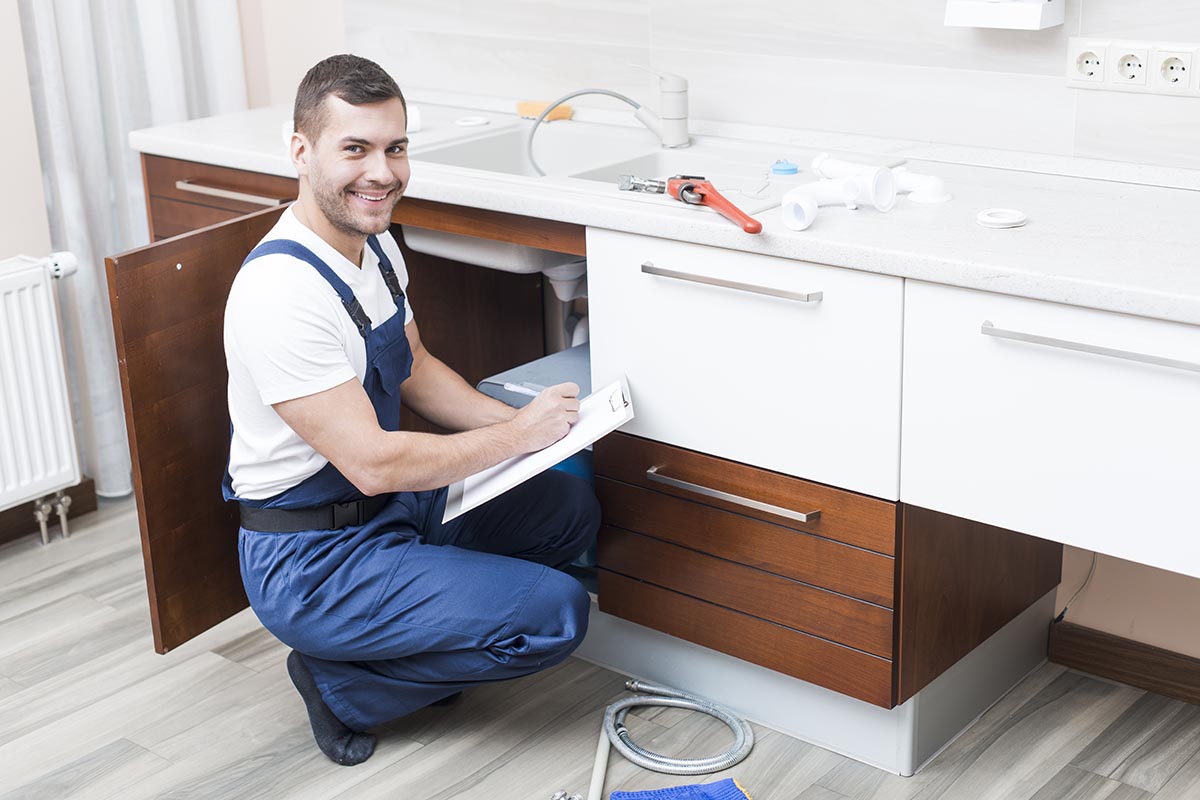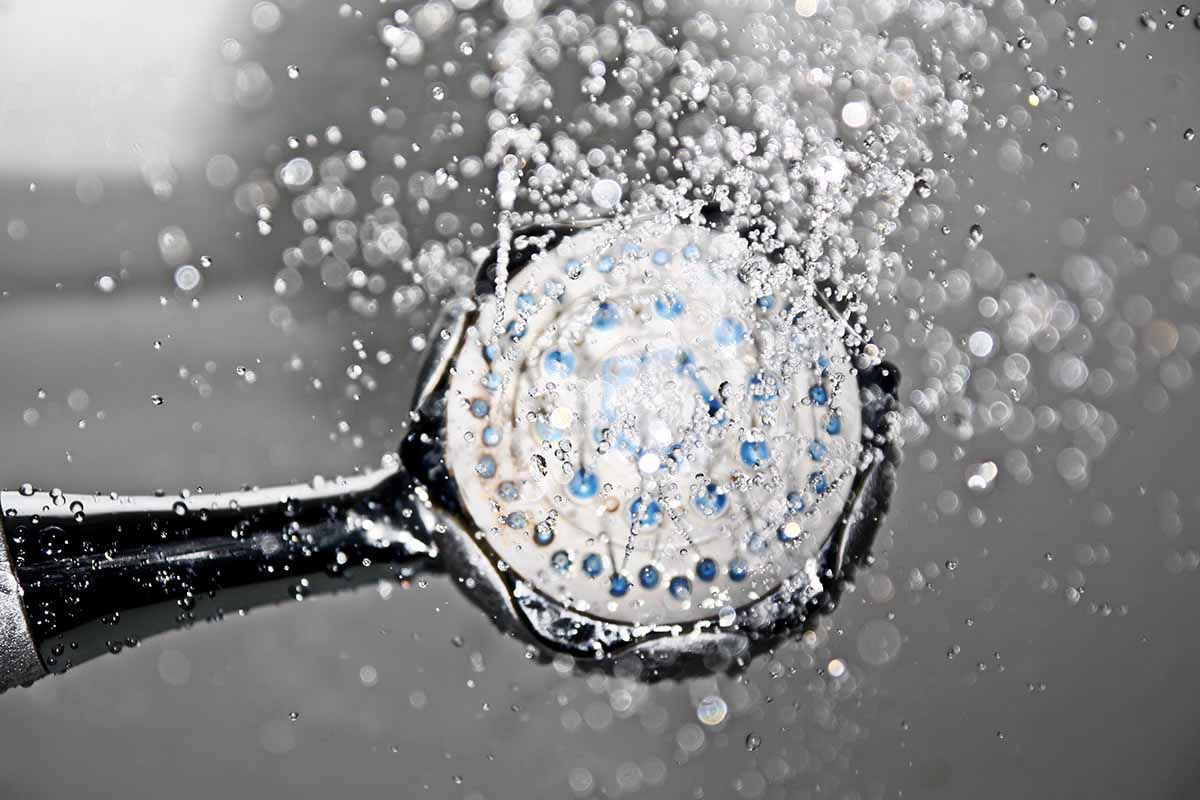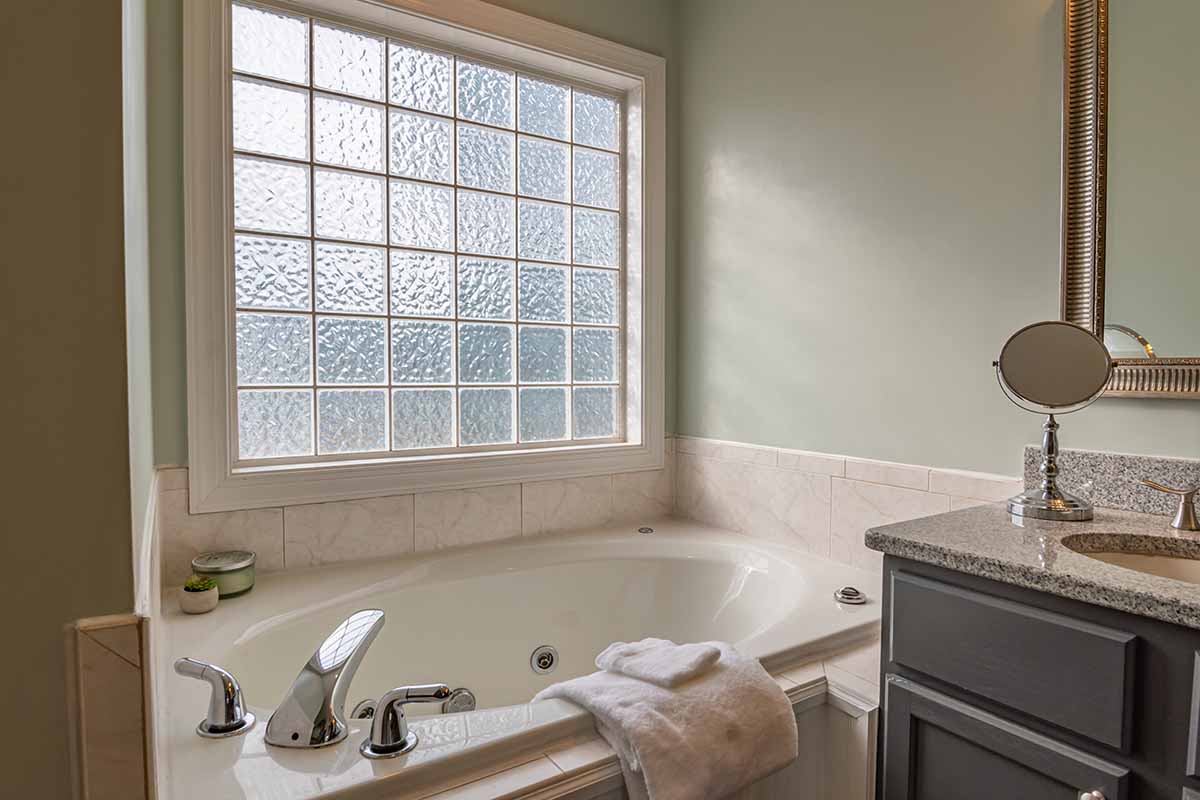8 Common Bathroom Plumbing Mistakes to Avoid
So, you’re pumped up and ready to finally replace that old toilet or carry out other nagging plumbing tasks in your bathroom. But hold on to your horses. While you should learn the best procedures, it’s also paramount to know which mistakes to avoid.
Rushing into the process will only leave you with an expensive mistake that you may have to hire an emergency plumber in Fresno, CA, to correct, eroding any benefits you could have gained by carrying out the task yourself. So, here are the top eight bathrooms plumbing mistakes to avoid:
Forgoing the P-Trap for Your Bathroom Sink
Sure, it’s pretty possible to forgo the p-trap and run a straight line from the bathroom washbasin to the drain. However, this is a common grave mistake.
P-traps serve various purposes in the sink installation. People may accidentally lose their jewelry in the bathroom, but the p-trap catches it. The p-trap holds wastewater due to its shape. The water creates an air seal that prevents sewer gases from infiltrating the system. You might need to check the water heater repair.
Tightening Connections Excessively 
The importance of tight connections cannot be overstated in any plumbing work as snug fits mitigate leaks. However, it’s common for DIYers, primarily to get carried away with the snugness of the connections. As a result, they break or cause plumbing fittings to crack. Even galvanized fittings like hex nuts can crack.
When you’re bolting the toilet to the floor, you should similarly watch the pressure to avoid cracking the porcelain and destroying your new toilet. So, what’s the recommended torque? Once you tighten the connection and feel that it’s not moving, it’s better to stop there. Another good rule of thumb is tightening the joint nuts quarter to a half turn after it’s already fit.
Leaving the Main Water Line On
It may be unfortunate to disassemble the water connections without turning off the main water line. You may be left dealing with a potential flooding situation. There is no telling where the water may wound up. So, it’s essential to find the mains valve and shut it. “But can I just turn off the shutoff valve to the toilet and perform a toilet replacement or faucet replacement?”
Well, for the extra level of safety, you can opt to shut off the entire water supply. But if you’re going to trust the shutoff valve, make sure that it’s working. Note that valves in place for an extended period may be prone to catastrophic failure, so it is pretty essential to be careful.
Installing the Shower Head Too High or Low 
The shower height may seem to be a matter of personal preference. But actually, there’s a guideline that you need to follow. Showerheads should be ideally above the 80-inch mark. The height should be maintained even for shorter people to feel comfortable using the shower. Now, if you have some really taller folks in the dwelling, you can increase the height of the showerhead as preferable.
Failing to install pipe straps
You need to install plumping straps to secure your piping to walls. If the pipes are not properly supported, the problem will be easily apparent as you’ll hear pipes rattling or shaking inside walls. The only solution may be cutting inside the walls or removing the paneling, which is time-consuming and wasteful.
Not Taking Precise Measurements and Notes
You may think that it’s perfectly harmless to let the few centimeters off the tape measure slide. Due to time constraints, you may even begin working on a bathroom project without making detailed plans or taking enough notes. That’s where many DIYers go wrong. Approaching any plumbing task haphazardly is bound to create many problems. Consider taking photos at various stages of your bathroom project.
Not Gathering the Right Tools or Supplies 
Before taking on any plumbing projects, you should gather the right tools for the jobs. For instance, if you want to remove rusted fittings and nipples in your bathroom, you should consider having an internal pipe wrench, which many DIYers may not have lying around.
Instead, they may try to hack the problem with a standard wrench. It’s also paramount to gather the right replacement parts. For instance, rather than just replacing the washer during a faucet repair, it may be expedient to also replace the O-rings, gaskets, and steam seals.
Attempting to Fix the Faucet but Forgetting How to Put it Back
If you’re working on something as intricate as a faucet, you’ll have no problem disassembling its internal components. The real trouble will begin the moment you try to reassemble the faucet with new parts. That’s why it’s critical to document your processor take photos at each step.
Making a Mistake with Wrapping the Thread Tape
Wrapping a thread tap around a pipe seems very basic. But many DIYers make mistakes with the tape. They wrap it too thick, too thin, or in the wrong direction. = Well, the correct procedure entails wrapping the tape clockwise. If you wrap it anticlockwise, it will become undone as you screw in the fitting. You should wrap the PTFE tape up to three times. At the end of the pipe, make sure that the final wrap faces the left.
So, there you have it, the eight plumbing mistakes to avoid. If you are hesitant about any part of a repair, get help from a professional plumber. Additionally, remember that some tasks by code require the invention of a plumber for them to be authorized, such as a new toilet installation or pipe rerouting.






















